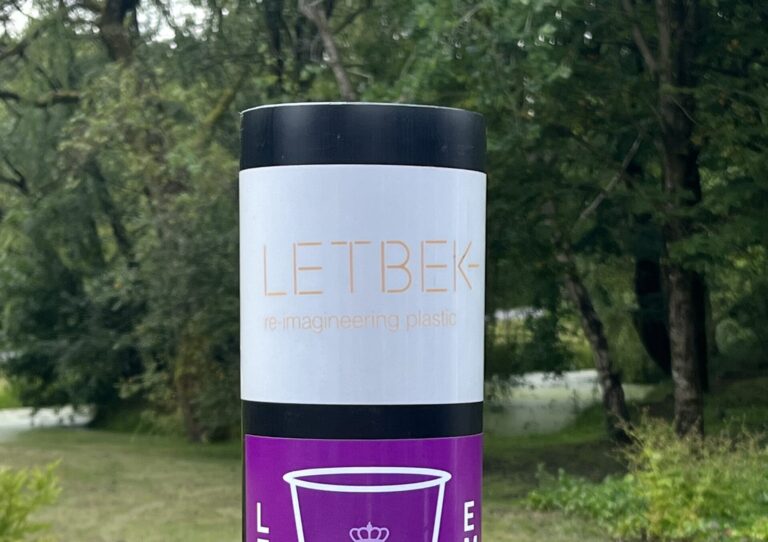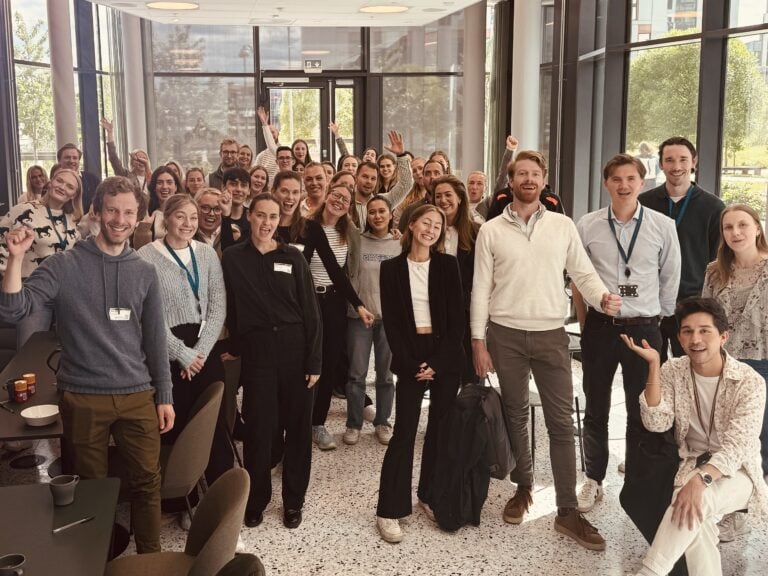In future parts of the plastic that is recycled in the plastic production at Letbek A/S will be renamed Marine plastic replacing the previous term, sea plastic. The new name has been changed to focus on greater transparency and knowledge of the journey of the plastic products.
– We do experience that Marine plastic is considered and described as plastic that has been collected at sea – basically next to a sea turtle. And that is not the case with the plastic we recycle in our production. We are making this change to not give a misleading information of our products and our environmental efforts, says Michael Bayer Thomsen, CEO at Letbek.
Marine plastic is waste from ports and the maritim industry
The Marine plastic originates primarily from fishing nets, trawls or ropes collected from ports and the maritime industry in Scandinavia. Once the plastic materials have been collected, they are sorted and divided according to plastic type and color, and then the materials are strung up, washed and dried. All this happens before the plastic materials arrive at the Letbek factory in Tistrup.
– Depending on the requirements for the properties of the plastic in the individual products, Marine plastic can constitute 100% of the plastic material in a product or be part of a tailor-made mix of different plastic fractions.
All recycled materials are analyzed, registered and quality-assured, just as recyclability is assessed to ensure that all products that leave Letbek’s production can also be returned and recycled again in the future – and again.
– We inform our customers and partners about the new name, Marine plastic, in order to ensure that everyone knows where the products come from – and that they can tell the true story to the consumers.
Marine plastic makes up a smaller part of the plastic waste in the sea
According to the UN Environment Program UNEP, 80% of the waste that ends up in the sea globally comes from land-based activities such as landfills, industry, discharges from storm surge drains, untreated wastewater and tourism (waste left on beaches and coasts).
The remaining approx. 20% from activities at sea, such as container transport, ferries and cruise ships, offshore industry (oil and gas platforms), illegal dumping at sea and abandoned fishing equipment such as nets and lines.
Source: Plast.dk



